|
Hello everyone! We’re diving into Giant’s Deep and the Orbital Probe Cannon today. Giant’s Deep: Nomai Architecture Giant’s Deep’s swirling clouds may look serene from a distance, but once you break through the the dense cloud cover you’ll find a turbulent stormy ocean. Powerful tornadoes pick up islands and toss them into space, only to be hauled back to the depths by the incredibly strong pull of the planet’s gravity. Red heat lightning cracks across the sky, briefly illuminating the stormy sky of the gas giant. The stormy beauty, Giant’s Deep In spite of the volatile weather systems, the islands that make up the walkable terrain of Giant’s Deep are dotted with ancient Nomai ruins that have persisted throughout the ages. The Nomai are the long-gone species who inhabited the solar system before the Hearthians, and their ruins form many of the key locations you can find on each planet. Because Nomai architecture is so prevalent across the game, we created a modular building kit to quickly block out structures, as well as many custom structures for each planet, like the broken space station in orbit of Giant’s Deep. One of Giant’s Deep rocky islands Nomai ruins are often used as pathways to highlight points of interest, so the building kit needed to be flexible enough to build all kinds of different structures in varying states of decay based on the biome they are found in. The kit includes a variety of walls, windows, doors, arches, floor tiles, columns, and stairs. Additionally, we have props to differentiate different types of buildings, such as living quarters or research outposts. Nomai architectural styling is a mix of various ancient cultural styles based on the personality of the Nomai as a people. They were a nomadic species of science-philosophers, who valued observing nature, studying strange physical phenomena, and enjoying colorful conversation about their discoveries. Translating a piece of Nomai text is like reading a message-board of science enthusiasts make jokes about complex physics, but they also had a refined eye for beautiful architecture. While we explored a number of different styles for Nomai architecture, we always ended up coming back to the kinds of ruins you would find backpacking through a national park: Worn stone covered in time-weathered colorful paint. Because the Nomai valued a blend of science, philosophy, and art, their architecture contains many mathematical patterns build into the tilework and paint, with a sense of imperfection added due to the species’ great respect for nature. Nomai ruins on Giant's Deep Orbital Probe Cannon Floating above the murky cloud layer of Giant’s Deep’s atmosphere orbits a mysterious Nomai structure called the Orbital Probe Cannon. Because of it’s complex and unique design, it is a great example of a structure that couldn’t be created with our modular ruin kit, although it does share many of the same textures and architectural themes. We found the traditional science fiction archetypes broke the backpacking aesthetic prevalent in the rest of the game, so we often had to pull strange references for Nomai architecture and technology. The overall shape and structure of the Orbital Probe Cannon was inspired by Japanese basket weaving, mixed with patterning inspired by ruins from both the Middle East and South America. Though it has functional space station equipment like a docking platform and airlocks, the goal was still to make it feel like exploring a strange building found while out on a hike, with their technology emitting a haunting ghostly blue light. The colossal Orbital Probe Cannon
Designing the Orbital Probe Cannon gave us a new understanding of how to convey the grandeur of natural symmetry that fascinated the Nomai architects. We applied this same thought process to many large structures and technologies throughout the game, and the modular building kit gave us the ability to quickly bring the smaller details of Nomai life into more places throughout the solar system at a much more efficient pace, without sacrificing variety in level design. Come visit some Nomai ruins for yourself! In three weeks we’ll have a playable demo in downtown Los Angeles: E3 Expo We can confirm that we will at this year’s E3! If you’re going, you can stop by and play the game, as well as meet some members of the team! For those of you interested here’s some general info about the convention: E3 Expo is held in Los Angeles: June 12 – 14 Hello again everyone! We’re heading over to The Hourglass Twins today, but first some news. USC Games Expo Earlier this week we showed Outer Wilds at the USC Games Expo. Outer Wilds was first made as Alex Beachum’s thesis project at USC before it was picked up by Mobius. At the expo, many people who remembered the game from it’s USC days were shocked at how far it has come since then. And those who hadn’t seen it yet were impressed by the visuals. It was great being able to showcase Outer Wilds and we loved watching everyone explore the solar system. Tech Artist, Logan (right) showing off the game as USC Game Expo The Hourglass Twins |
Archives
June 2024
From the
Updates on our games, our process, and the joys of being Mobius Digital. Categories |


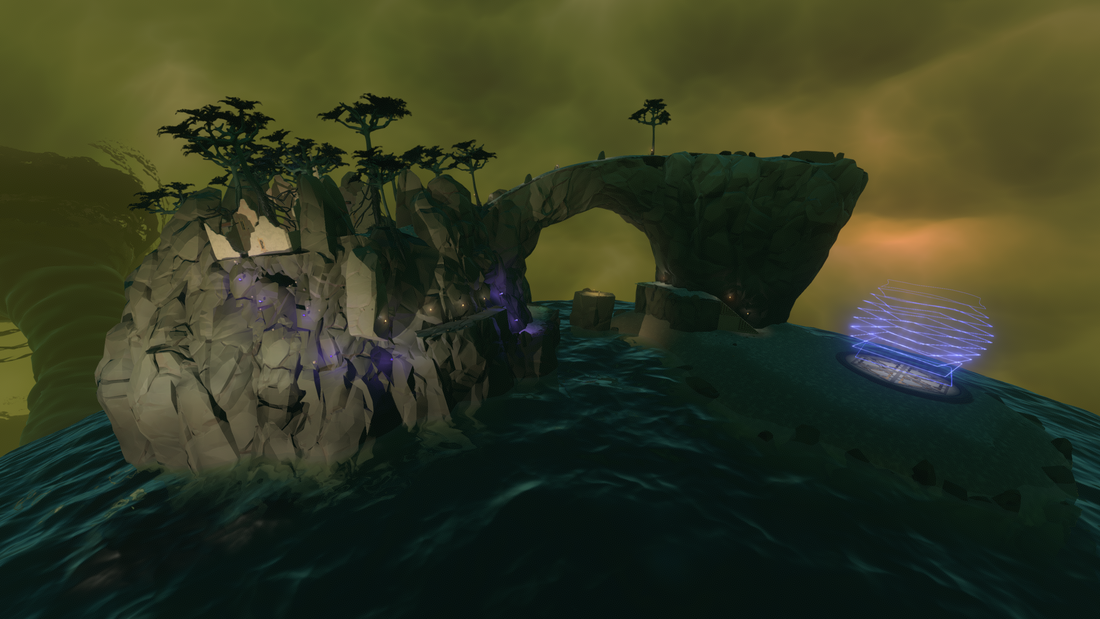
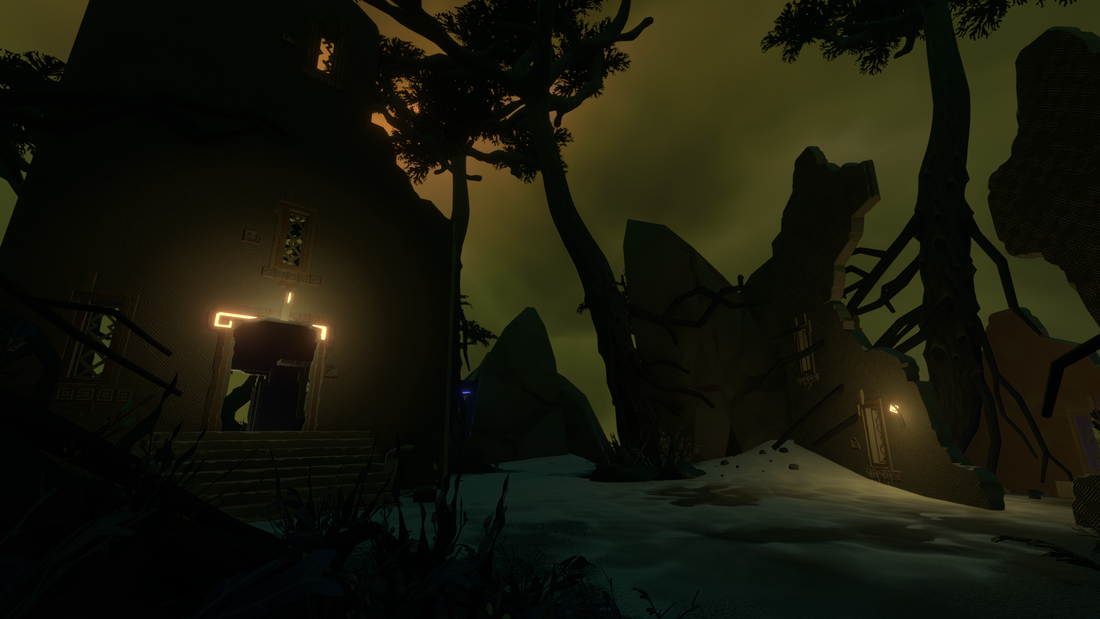
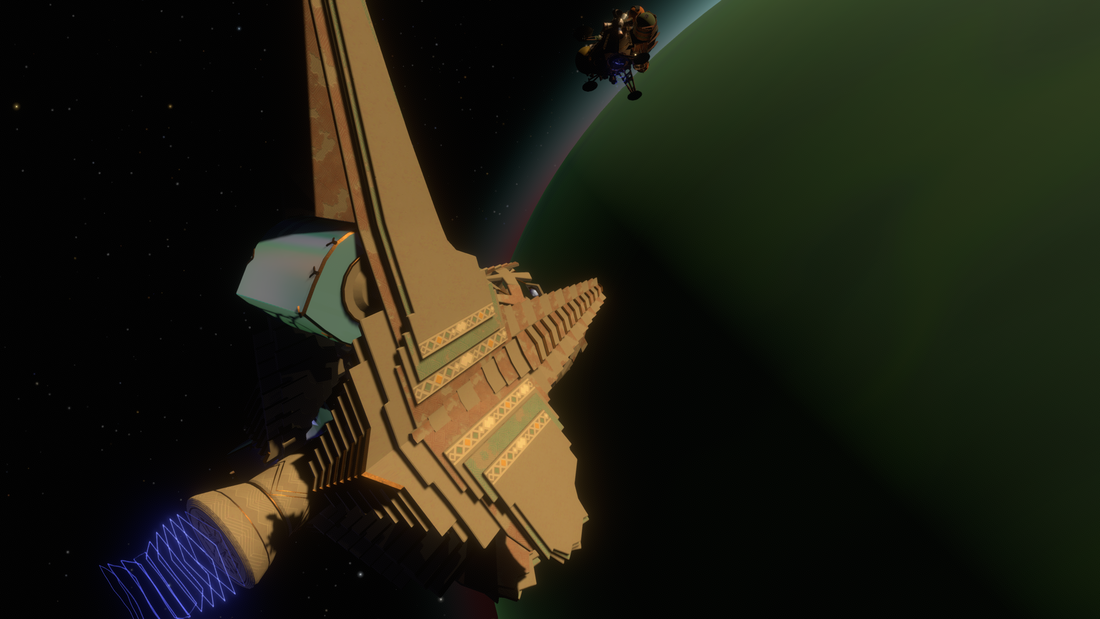
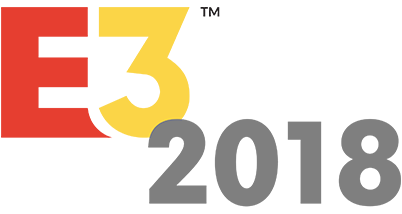
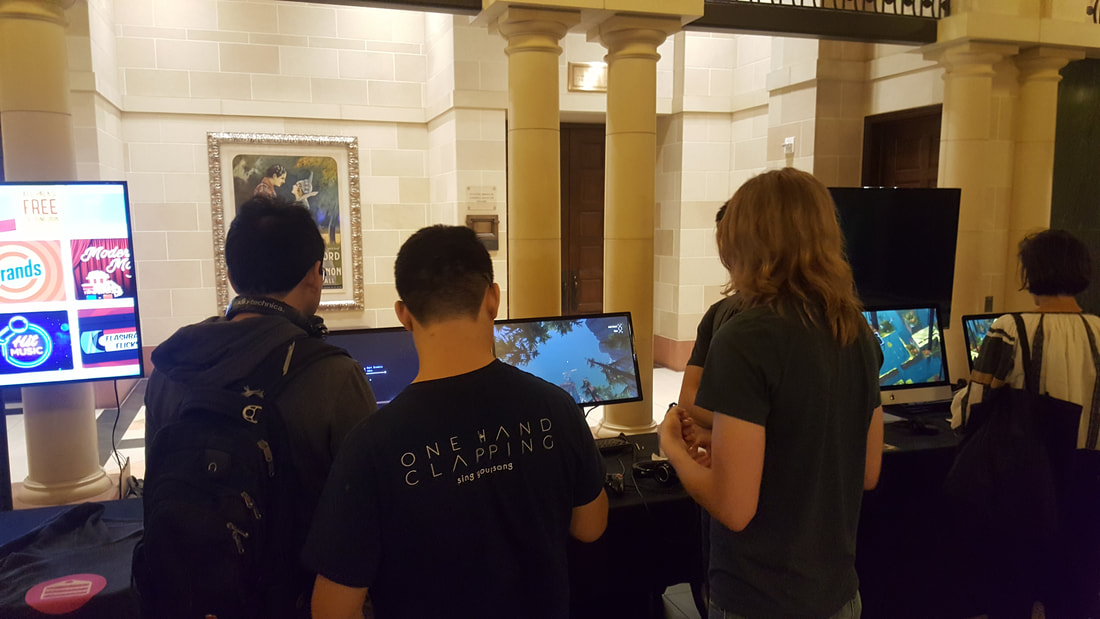
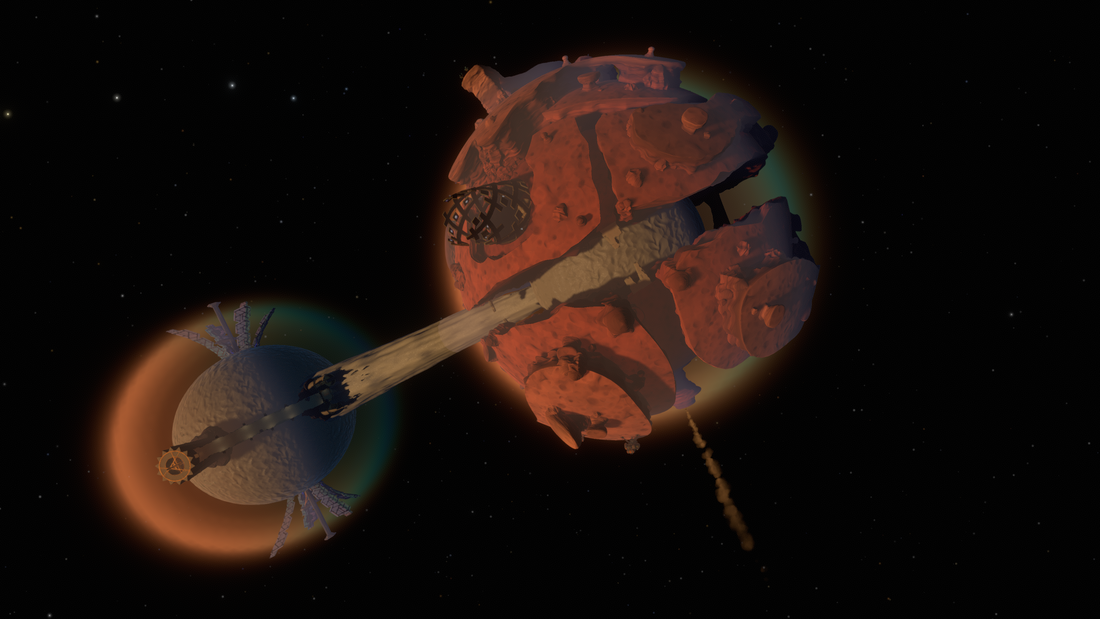

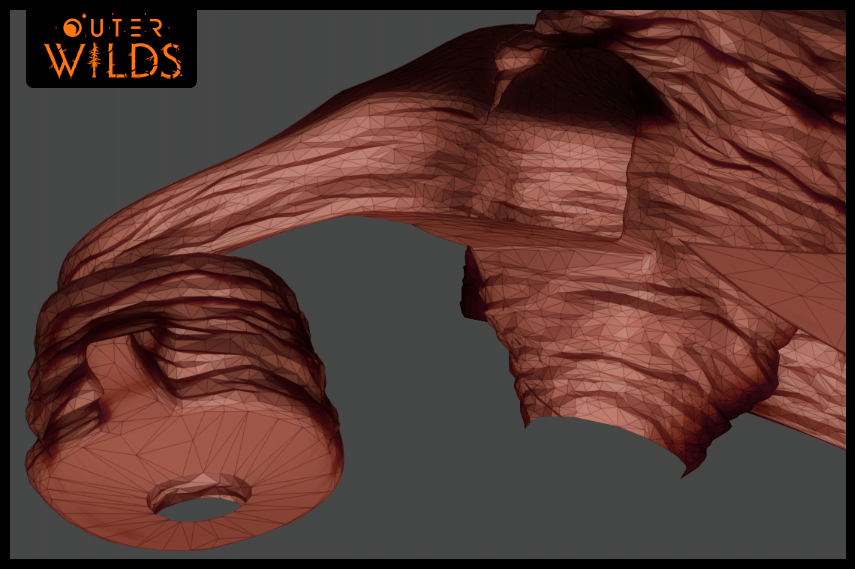

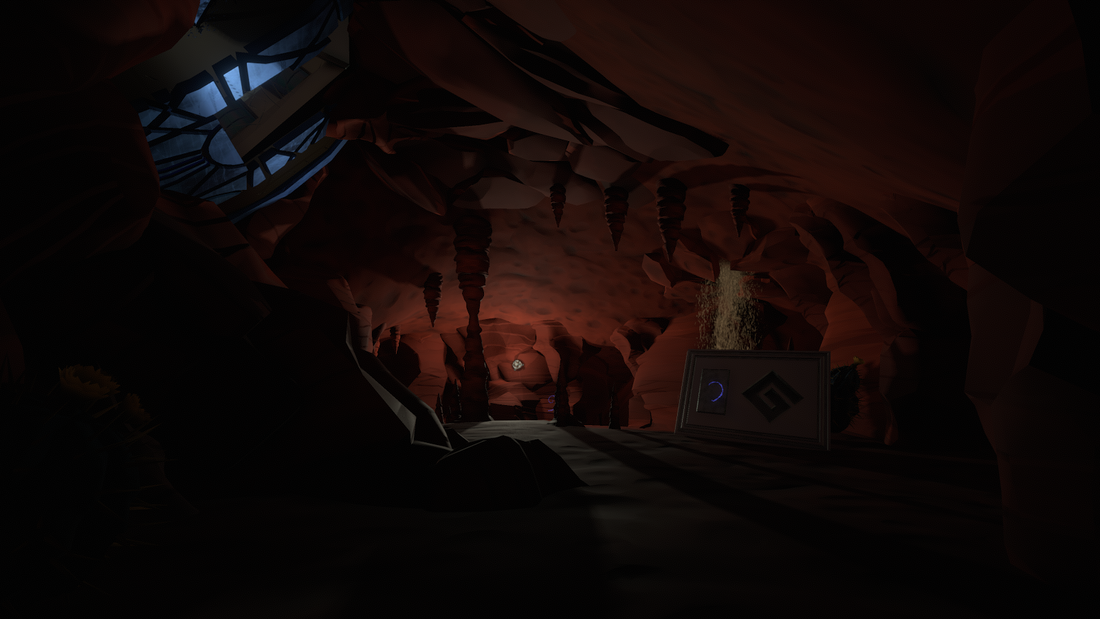

 RSS Feed
RSS Feed